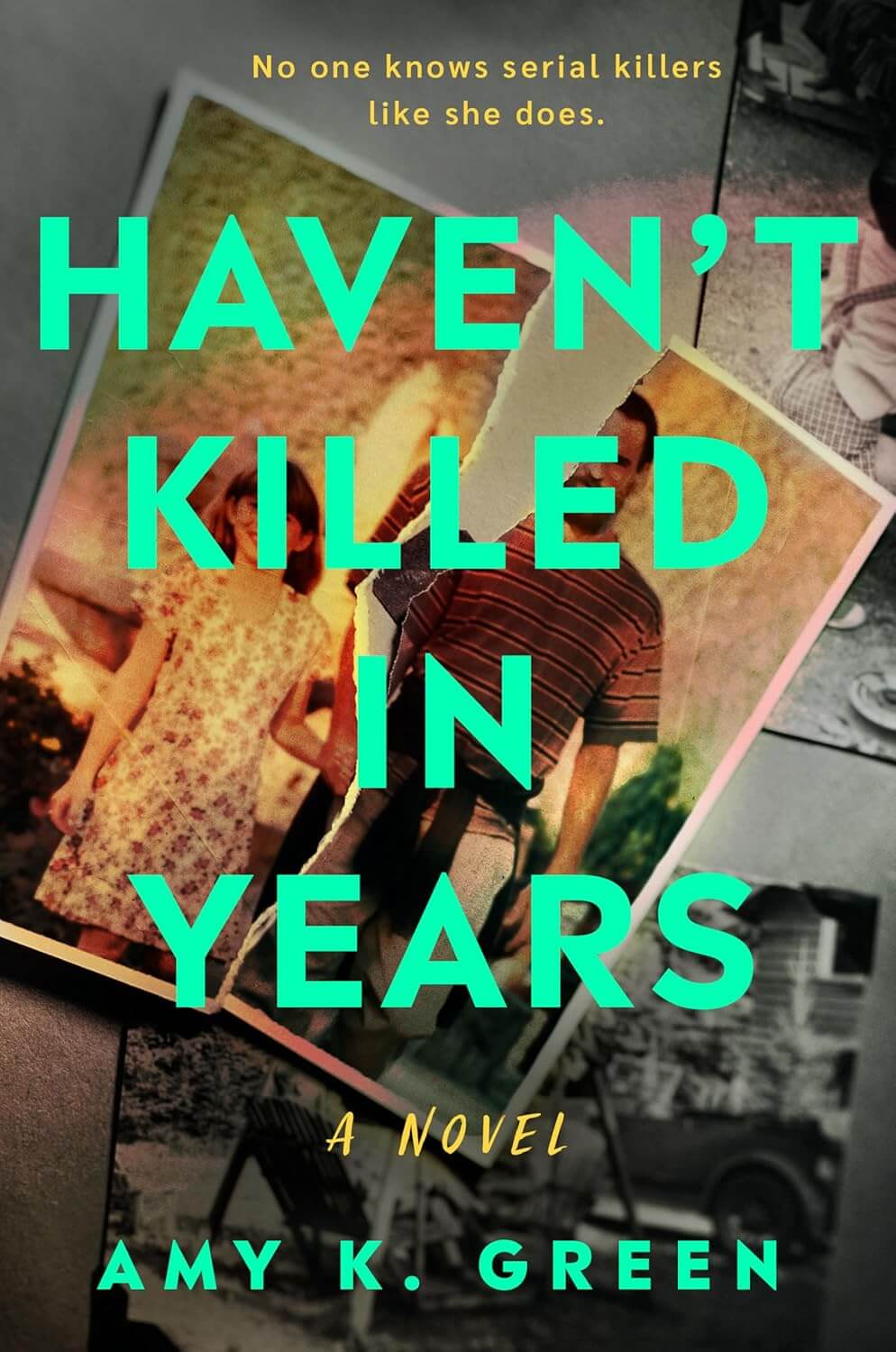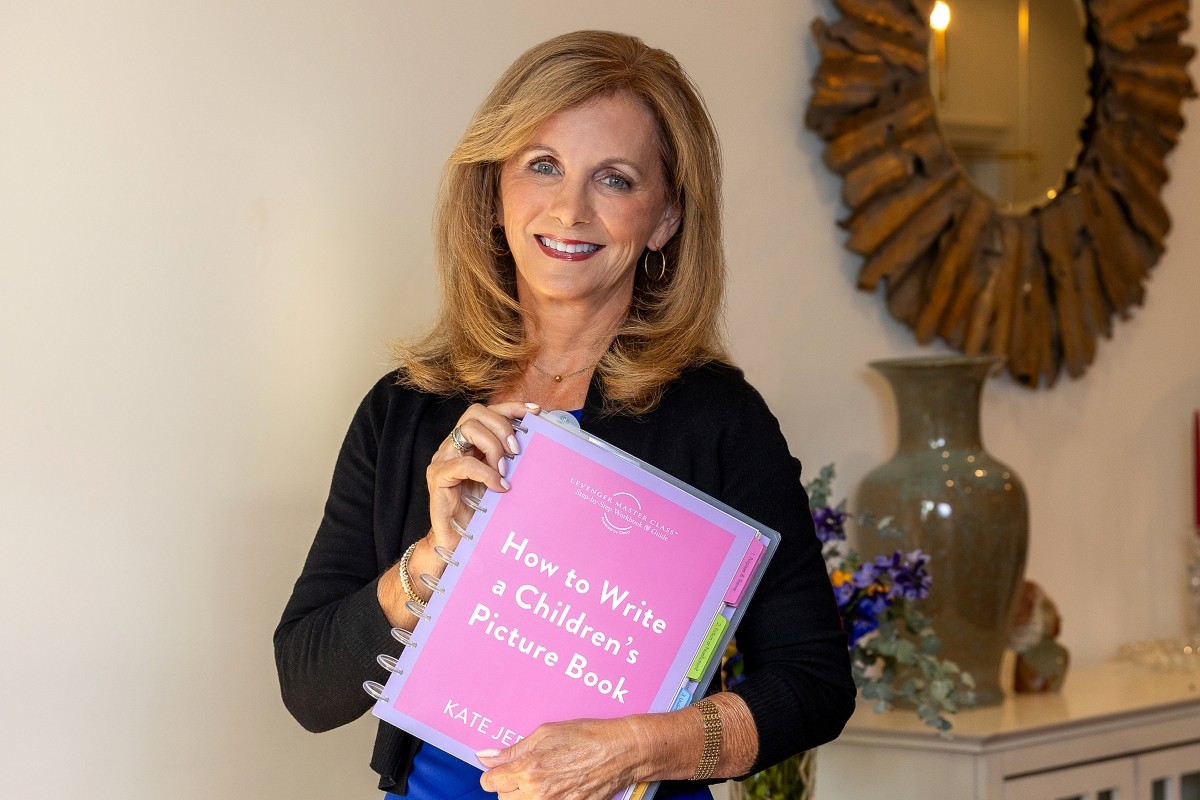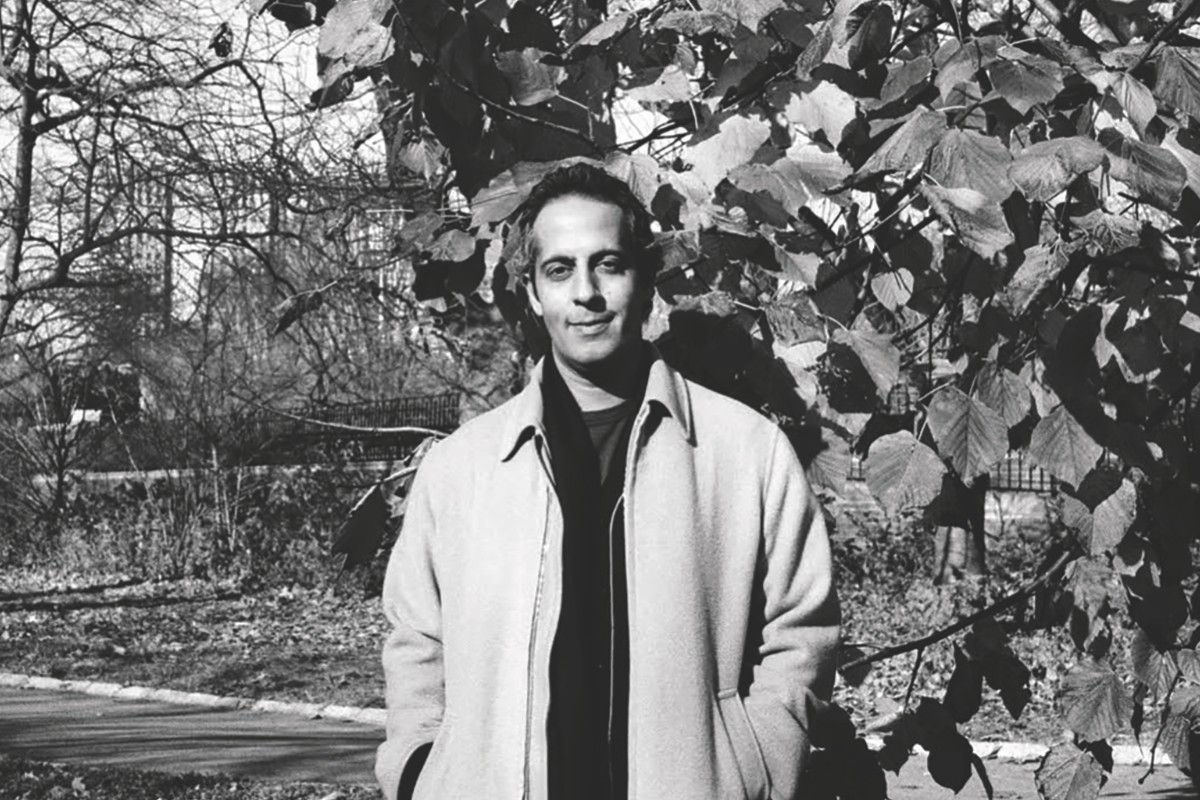Amy K. Green lives on the South Shore in Massachusetts where she works as an accountant on films. She has two plants that haven’t died yet.
Ground-breaking, earth-shattering, perfect ideas are wonderful. I love when great ideas pop into my head while driving or in the shower, but ideas alone are party tricks. The hard part is figuring out how to tell the story.
The good news is, you get to decide whose interiority is going to fuel your novel. There is no right answer (sorry or maybe, you’re welcome). This isn’t advice as much as encouragement to follow your instincts.
As a thriller writer, I naturally look at my narration options through a thriller lens:
Single vs Multi-POV
If a character is getting its own POV, they better be in the eye of the storm and better have a lot to do, say, and especially think. Single-POV thrillers are great at putting the reader in a bubble and squeezing the oxygen out (in a good way!). There is no reprieve from the protagonist who better be going through absolute hell. For the reader, every other character remains a mystery no matter what’s on the page, because the world’s only shown through biased eyes. The reader can’t know for sure if someone is lying, cheating, or chopping up bodies.
Single-POV also comes with constraints. In thrillers, especially, the story is full of twists, danger, suspense, and red herrings (all the good stuff!!!), and these plot beats need to be earned. With only one POV at your disposal, it’s easy to fall into the exposition trap. The reader doesn’t get alone time with anyone else, so often the only way to see what other pivotal characters are thinking, what their motivations are, and what the heck they are up to, is through forced exposition. It can get tedious relying on a chatty bartender or conveniently detailed newspaper clipping to inform your single-POV character.
Personally, I love multi-POV. The important thing I always consider is, are the additional POVs necessary? Are they propelling the story forward? Do they have a unique voice? An additional POV can be a great tool to blow open a twist. There are plenty of amazing thrillers where a new POV isn’t introduced until the end of the book. Others where different POVs split time equally. The only thing I would caution against is backing yourself into a corner where you feel forced to switch to a different POV only because an established structure requires it (I’ve fallen into this trap many times while drafting). POV switches should always be driven by the story.
Maybe the most important thing about multi-POV, and also maybe the hardest, is all POVs should be equally as interesting. You don’t want a reader flipping the page, seeing the name in the chapter heading, and groaning. I’ve found the best way to avoid this pitfall is by checking in with myself to make sure each POV is still necessary, not just to the story, but to each specific chapter.
Interesting doesn’t mean likeable. As a reader, I love hating certain character’s POVs. There is a difference between hating a character and hating to read a character. It’s okay to have favorites.
First, Second, or Third Person Narration
Once you’ve decided how many POVs, it’s time to decide how we’ll experience them and choose between first, second, and third-person narration. Never say never, but I feel confident saying you have to stay consistent (one character cannot be first person in some chapters and third in others). However, I am a believer and a practitioner of different types of narration perspectives for different POVs (i.e. one character in first-person and another character in third-person).
I’m a sucker for first-person. Maybe it’s the lasting effects of being an only child, but give me, “I, me, my, mine,” any day of the week. In my thrillers, I’m setting out to basically torture my protagonist and I want to be in her head. I want to hear her thoughts directly from the source. For me, it’s not just what she’s thinking, but how she’s thinking it. I want my first-person characters to be funny or weird or sadistic (something to warrant being directly in their head full-time).
One thing to be careful of with first-person narration, especially in thrillers, is being avoidant for the sake of a later reveal. A narrator can be unreliable, but there should be character driven intention behind that choice, not a convenient loophole to allow for a twist. That doesn’t mean you can’t be a little cagey, but thoughts need to read as authentic. For example, a character shouldn’t spend half the book reflecting on what a great wife she is and then at the midpoint reveal she has had fifty affairs. With first-person narration, an omission of this magnitude needs to be justified and consistent (i.e. mental illness, an intention to be deceptive, a misunderstanding).If your character has a lot to hide (i.e. a lot to reveal), you might want to consider an alternate POV style.
Second-person POV (“you”) is great. . .but to me, it’s a terrifying concept. This isn’t a common POV, and kudos to authors who pull it off. It can be extremely effective in having your story reach out from the page and grab the reader by the shirt collar, forbidding them from disassociating from the story, but I would only attempt this if it comes naturally to you. It can be disorienting to the reader if it’s too forced.
Third-person narration (“he/she/they”) can be limited (one character’s perspective), omniscient (all-knowing), or observant (neutral-no interior knowledge). When it comes to thrillers, I don’t think omniscient is in play. I’m sure there is someone out there who has done omniscient masterfully, but I have no idea how you could hide all your dark secrets, shocking twists, and murderer reveals when the narrator knows everything. Third-person observant is also tough, books are for thoughts and feelings!
Limited third-person is a common and proven type of POV especially in multi-POV novels. It helps differentiate each POV character. While many writers successfully pull off multiple first-person POVs, it can be trickier. My theory is, in the real world, the brain processes infinite people as “he”/”she”/”they,” but only one “I”/”me” and that can seep into the writing/reading process (maybe it’s just me). In thrillers, some or all POV characters are also potential suspects and it’s critical that each one is distinct. If their internal voice isn’t one of the characteristics that make them particularly unique, third-person limited may be the more effective route. It allows for moments of direct interiority without being bound to it.
How we tell our stories is just as important as what our stories are about. It’s a personal and creative choice (meaning it can be critiqued and revised the same as any plot point or character arc). Like any element in writing, when it comes to POV(s), I do what feels natural to me, my characters, and the story. You don’t have to overthink it. There’s no perfect POV—only the one that tells your story best.

Haven’t Killed in Years by Amy K. Green
Marin Haggerty was a child of a serial killer. Upon his arrest, Marin was erased from the world and Gwen Tanner took her place. In order to protect herself and keep her old identity from catching up to her, Gwen became well-trained in keeping her distance from those around her. It works well enough until someone begins anonymously sending severed body parts to her door. Now, in order to save her life and others’, she must find the killer, but she can’t do it alone. Faced with the horror of vulnerability, Gwen has to hope that allowing herself to open up isn’t the death sentence she was taught it is.
Buy the book now: Bookshop.org | Amazon | Barnes & Noble














Leave A Comment